Colosseum Collab
Ridley Scott, in the workshop area, gives notes to Max (in sunglasses) and two art directors about the Colosseum’s main entry gate. “He loves to put in little details as he goes along — or change things in a major way,” Max says of the director. Given that Scott once worked as a production designer for the BBC, Max adds, “It’s hard to get away with anything with him.”
A Riddle for Ridley

The set in which Paul Mescal’s Lucius visits his father Maximus’ tomb and sees his sword and breastplate is based on a complex of Christian martyr tombs in Rome and was adjacent to the prison set. Max explains that it was a puzzle for the film’s team to determine how and where to stage such scenes: “There’s a level of aesthetics, which is always hand in glove with the practical issues of which location to film certain scenes and how to make them work.”
A Grand Spectacle

The velarium, an awning that provided shade to Colosseum spectators, is seen here during production. At the top are the black panels that the filmmaking team used to control light, with additional drapery gathered underneath that could drop down to help block the sun as needed. The panels were then removed through VFX. The arena floor in both films included eight obelisks, with Max borrowing the look from a 19th century painting by French artist Jean-Léon Gérôme. One of the structures — the “bronze phalluses,” as Max’s team would refer to them — was involved in a key moment of the gladiators’ rhino battle in the sequel.
Getting Wet

The naval battle reenactment was shot in the reconstructed Colosseum on dry land, with water added digitally. The boats — on the left is the Persian ship manned by gladiators, next to the white Athenian vessel — were around 65 feet long and rested on remotely controlled hydraulic platforms. The only real water on set came out of the Neptune heads seen along the wall, pouring into dumpsters. “Moving water is more difficult to replicate,” explains production designer Arthur Max.
Stadium Upgrades

While the first Gladiator never required a full entry to the emperor’s box, for the second movie the team built an elaborate grand staircase leading to a vestibule, along with an exterior. To the right is the senators’ box, which was also a complete set in the sequel but comprised only columns and a wall for the first film. Max notes that the palm trees were not intended to look realistic; the Romans would have added them “as a theatrical element.”
This story first appeared in a January stand-alone issue of The Hollywood Reporter magazine. To receive the magazine, click here to subscribe.

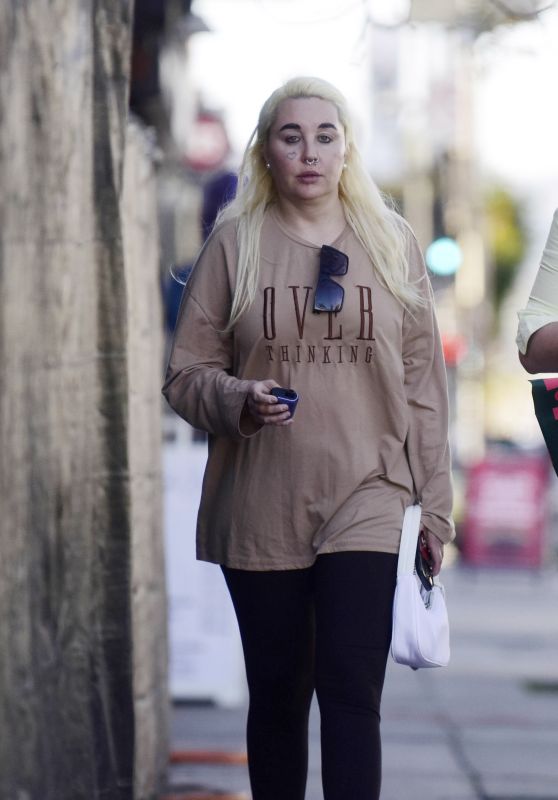
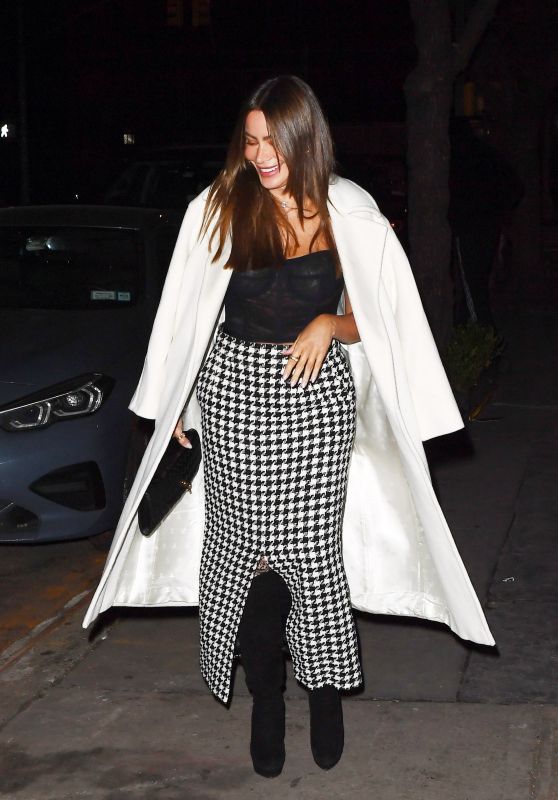
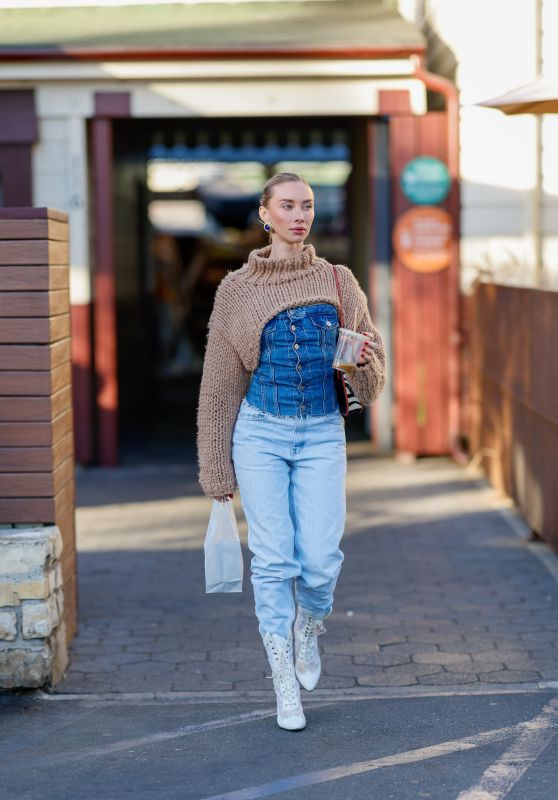
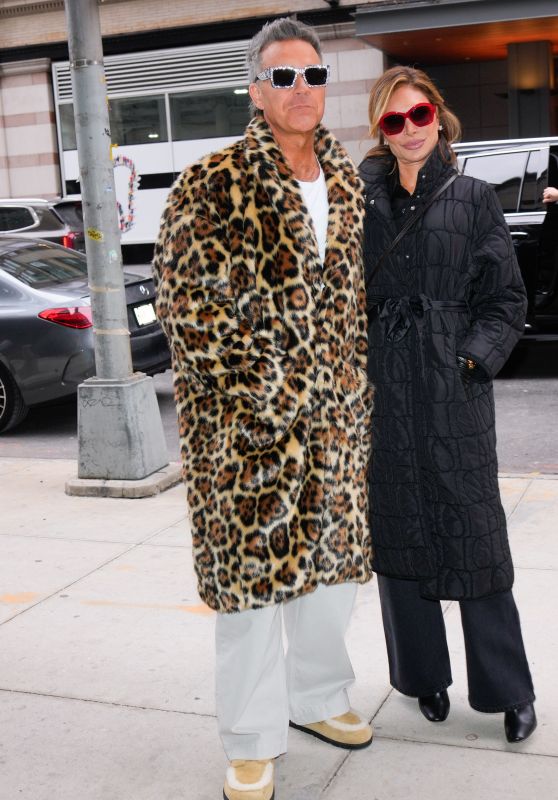
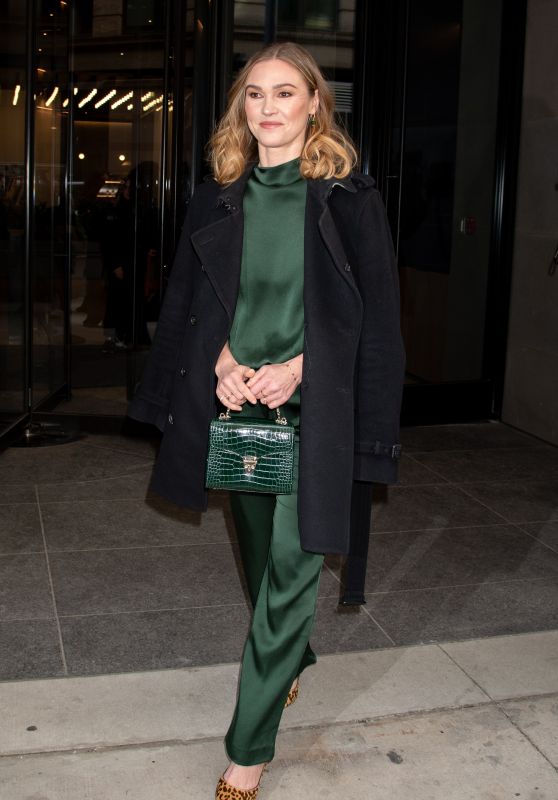
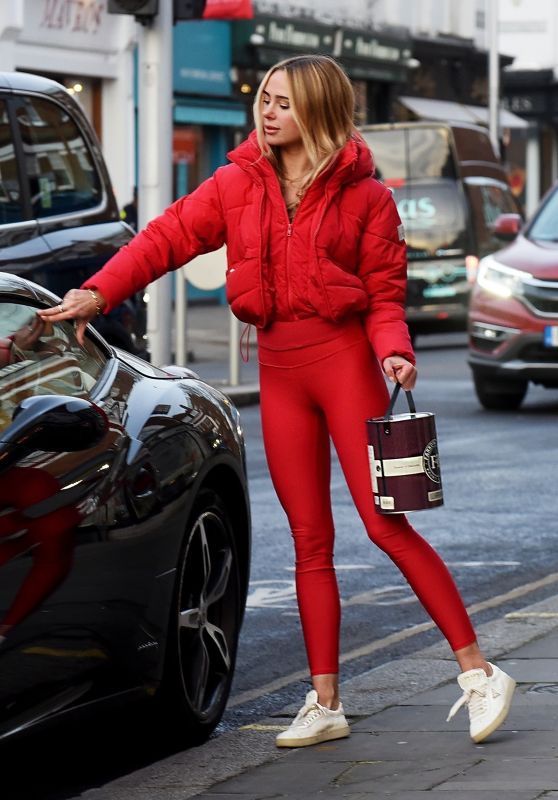
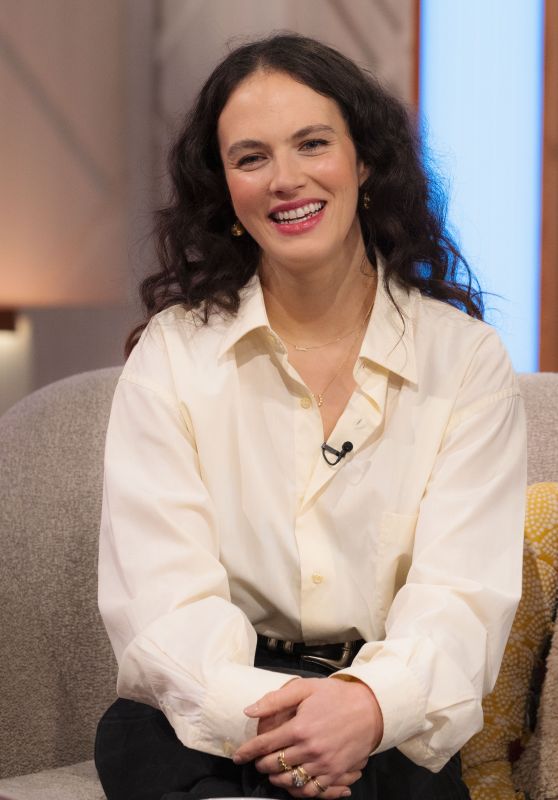


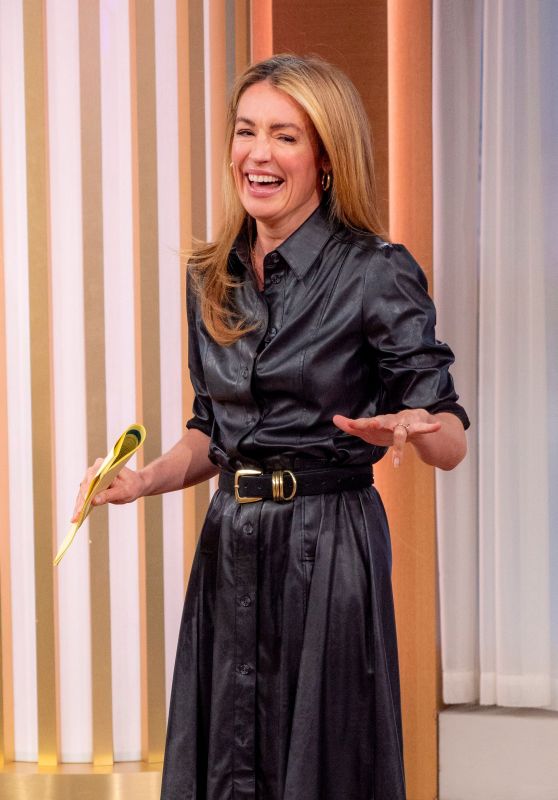
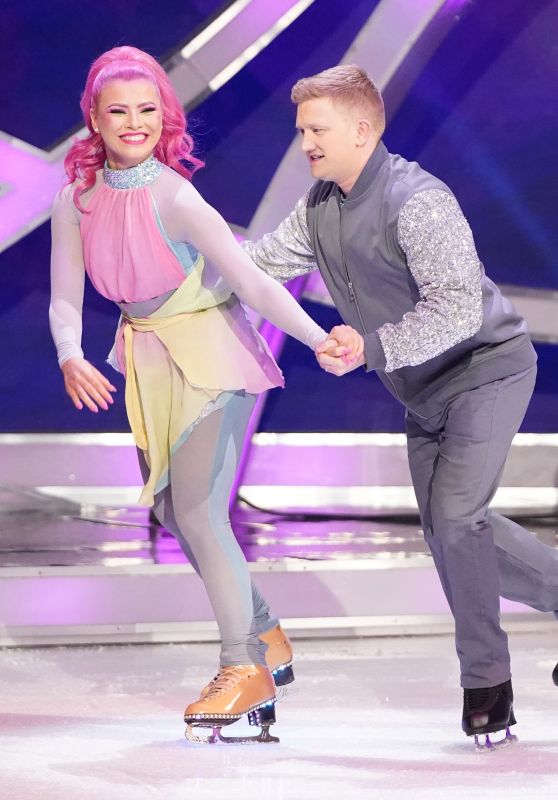








 English (US) ·
English (US) ·